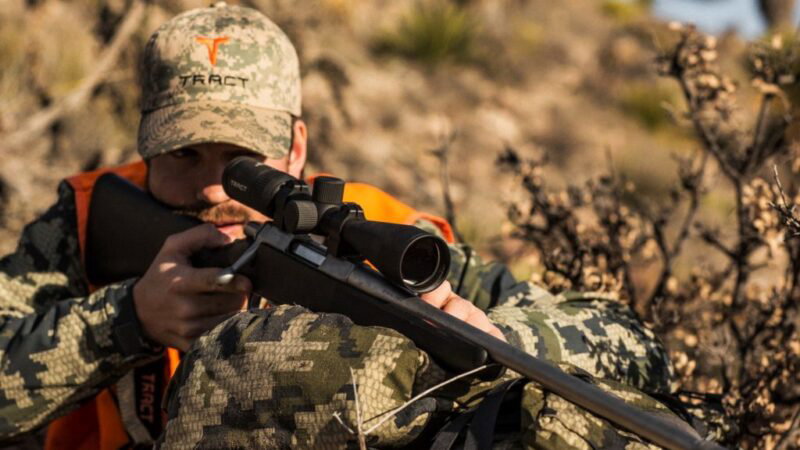Getting Your Riflescope to Hold Zero
Getting Your Riflescope to Hold Zero
Getting Your Riflescope to Hold Zero. While there is always a chance that the scope can be defective if it doesn’t hold zero, it is very rare these days. In a high percentage of the situations where people have issues with their rifle/scope combination not being able to group, most can be traced back to several other possibilities other than the scope. Here are a few things to check out before you send that scope back to the manufacturer.
Scope Mounts: Riflescope to Hold Zero
One of the first things to check is the scope mounts, both bases and rings. Make sure they are tight. It is strongly suggested that you carefully follow the manufacturer’s directions in mounting your scope. The use of a torque wrench can ensure that the rings are not over tightened. Too much pressure on the scope tube will affect the erector tube within the scope. And if the erector tube is binding from over compression, this can cause several issues such as inaccurate windage and elevation adjustments and stiff magnification and side focus parallax adjustments. Ring and base screws can loosen over time and under heavy recoil, so double check that everything is tight, but not too tight, when it comes to your mounts.

Movement of the Action in the Stock/Action Screws
Check the action screws to make sure there is no play between the action/receiver and the stock. If the action screws are loose, this can change the barrel harmonics between shots and make it difficult to shoot tight groups. Again, a torque wrench is a vital tool to make sure you are tightening the screws to the proper level. Most bolt rifle action screws require 65 inch-pounds of force. The rear screw nearest the trigger guard should commonly be tightened first. However, check with the rifle manufacturer to confirm the torque values and recommended order of tightening.
Barrel and Barrel Harmonics
If the barrel is coming in contact with the forend of the stock, this can also change the barrel harmonics and hence cause erratic points of impact shift. Some rifles are designed to be free floated and some are not, but this is another area that can lead to inconsistency. If the barrel is vibrating against the forearm or any part of the stock this might be one of the reasons for poor groups.
Barrel Heat
When zeroing, it is important to take your time. One of the biggest culprits of inaccuracy is a hot barrel. Most heat up very quickly and depending on the cartridge as well as the type, design and quality of the barrel, it could fall off after only a handful of rounds. A barrel that you cannot hold with your bare hand is too hot to shoot.
Rifle Position When Zeroing
The more stable you can hold the rifle when zeroing the better. We recommend a front-pedestal-type rest and rear sandbag. Try to let the rifle sit in its natural point of aim. Any force you place on the rifle can cause tension.
While many people like rests that cradle the rifle, we have found these can provide an unrealistic true zero as the harmonics placed on the rifle will differ from shooting in a normal field position. Also note that your rifle’s zero from sandbags and your point of impact when using a bipod or shooting sticks might be different. Pressure or force on the rifle creates tension, which can change the point of impact. The thing to remember is consistency.
Ammunition
Rifles have personalities; what one rifle likes another may not. Try several brands of ammo and bullets until you find what your rifle likes. Some are very picky and it may take several attempts to find what works best. While factory ammunition is better today than it has even been, there can still be inconsistencies and variations. Try purchasing ammo from the same lot if you can. The lot number is often on the inside flap of the box.

Parallax is the apparent shift of the reticle in relation to the target when you are not looking through the optical center of the scope. This shift can displace point of impact. Maintaining proper cheek weld and head position so that you are looking through the optical center of the scope, eliminates the parallax issue. Some scopes feature a parallax correction while others are often preset at 100 yards.
Canting the Firearm
While canting is usually a more common issue for long-range shooters, it does affect the point of impact to an extent. Even at closer ranges. Many shooters use a bubble level to insure they are not canting the rifle.
Cleaning the Barrel
Some folks never clean their rifles and they shoot just fine. Other people like to clean every 20-30 rounds. Regardless, you may want to give the old barrel a good cleaning with a powder then copper solvent. You never know how much difference it could make.









